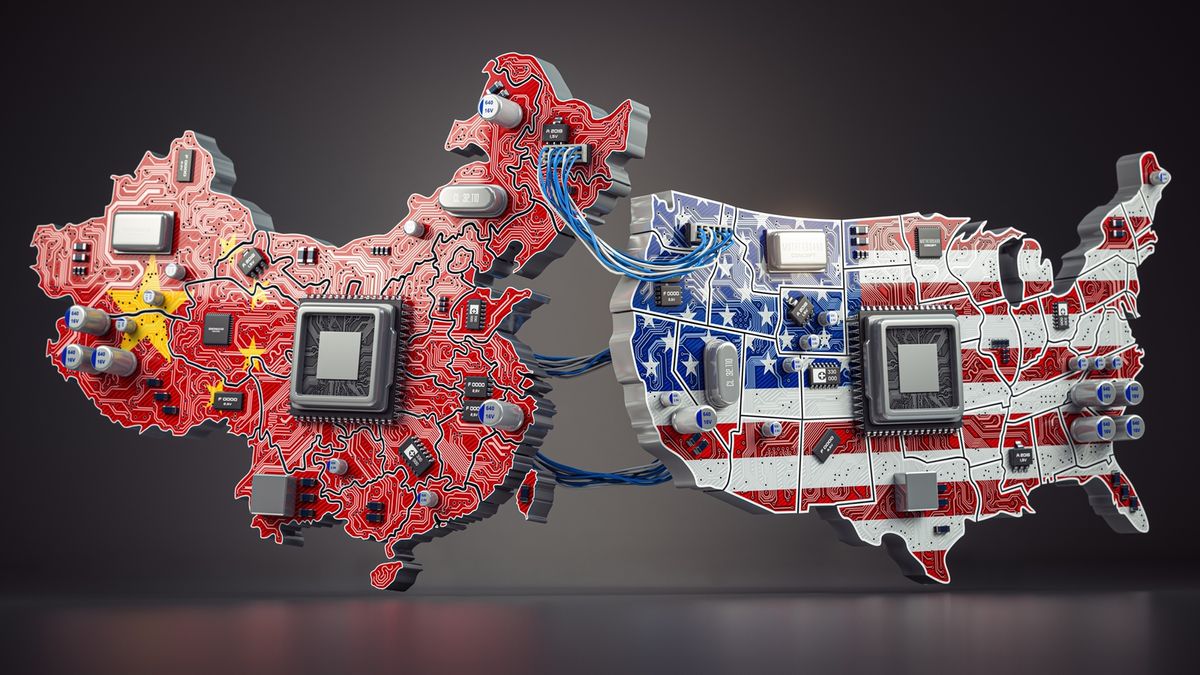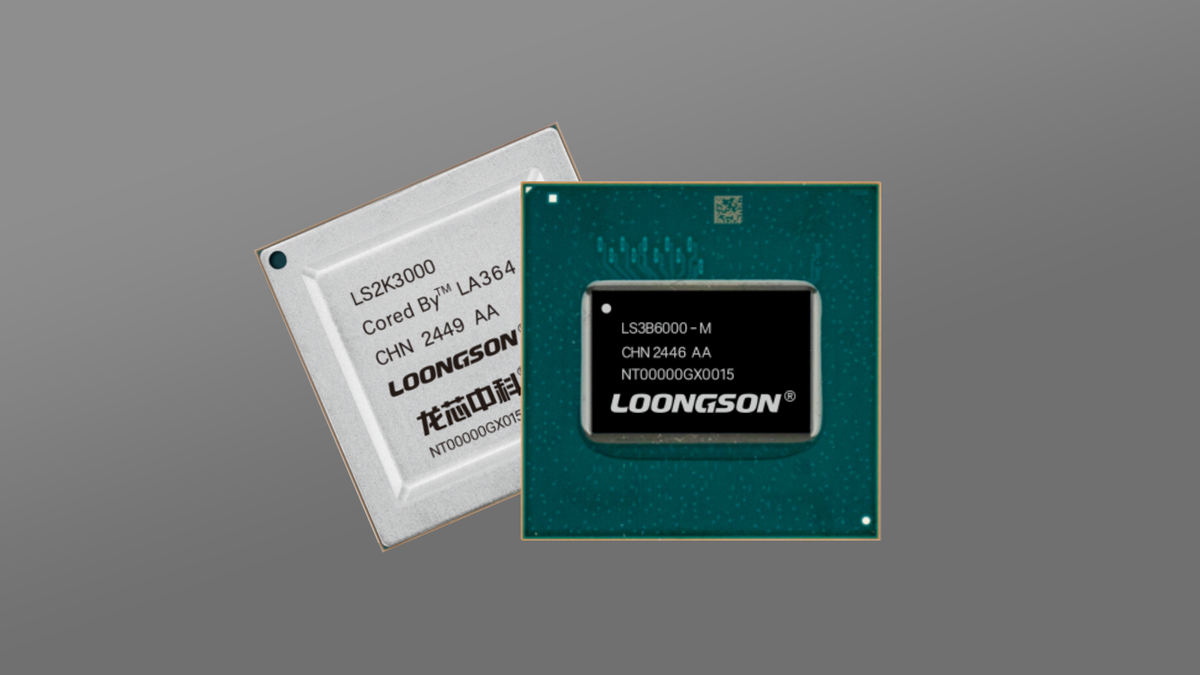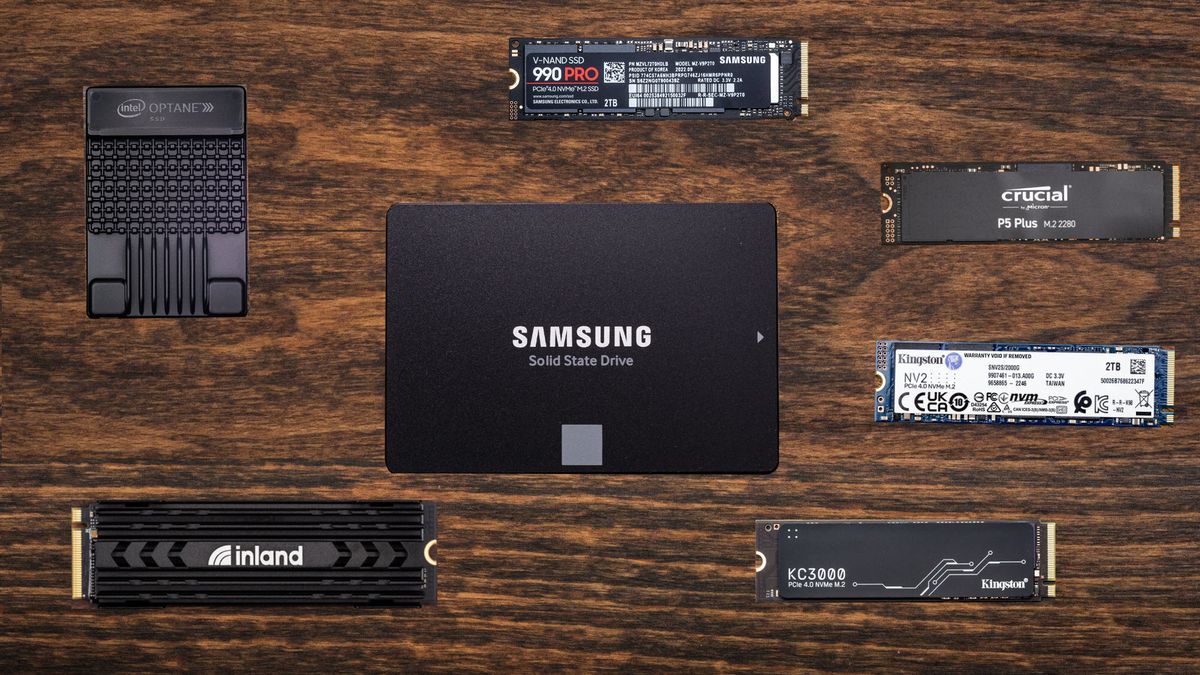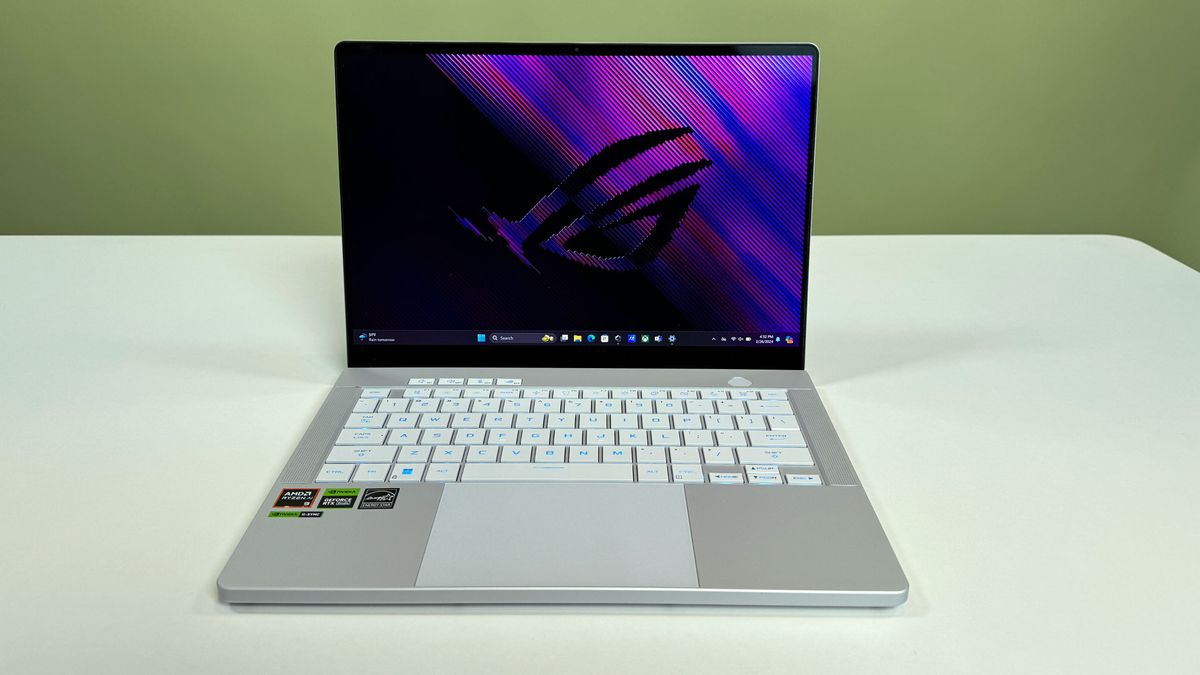China strikes back at Trump with 34 percent tariff — bans some rare earth exports to the U.S.

This week, President Donald Trump imposed at least 54% tariffs on nearly all imported Chinese goods, and Beijing hit back with 34% duties for goods from the U.S. In addition to these taxes, Bloomberg reported that China is restricting the export of seven rare earth metals as part of its move against Washington.
The Ministry of Commerce for the People’s Republic of China is sanctioning the following materials: samarium, gadolinium, terbium, dysprosium, lutetium, scandium, and yttrium. Although these resources aren’t widely known to the public, they’re crucial for producing some of our most advanced technologies. For example, some of these materials are used in the magnets found in the motors of electric vehicles, while others are used for creating superconductors. Some are also used in storage media to improve efficiency and performance, and several more are found in nuclear reactors.
This announcement occurred several days before the additional levies Trump announced would take effect on April 9. China usually announces retaliatory actions against the U.S. after these taxes are already being charged on imports, giving the White House a chance to back down. However, it seems the country also made this countermove just one day before the April 5 deadline for TikTok to find an American buyer or face a ban in the U.S. It’s speculated that China made this move so it can have some aces up its sleeve during subsequent bilateral negotiations between the two companies.
Computer chips and copper are exempt from the newly announced tariffs, at least for now, which is great news for PC manufacturers. However, these levies affect the equipment and materials required for American-made processors, making building chips in the U.S. more expensive. When combined with China’s ban on rare earth metals that companies use, many chip makers will have to increase their prices as they scramble to find alternative sources (which are likely more expensive).
China’s average tariff rate on U.S. goods before this announcement was 17.8%, which is significantly less than the 32.8% rate it applies. However, Trump justified the jump in tariff rates for China as an answer to the non-tariff barriers it allegedly places on U.S. goods. We can only watch from the sidelines as almost all imports into the U.S., including silicon semiconductors, become more expensive due to these taxes. Hopefully, these companies and their customers can adjust to this new reality to ensure their survival.
Get Tom's Hardware's best news and in-depth reviews, straight to your inbox.
What's Your Reaction?
 Like
0
Like
0
 Dislike
0
Dislike
0
 Love
0
Love
0
 Funny
0
Funny
0
 Angry
0
Angry
0
 Sad
0
Sad
0
 Wow
0
Wow
0





:quality(85):upscale()/2025/03/27/776/n/49351773/1c19936567e58d1c5c6c01.86394536_.png)
:quality(85):upscale()/2025/03/21/942/n/1922153/a404f57067dddc11928eb9.35389661_.jpg)
:quality(85):upscale()/2025/04/02/061/n/49351765/e4176f9167edd650319326.42956894_.jpg)
:quality(85):upscale()/2025/03/26/842/n/49351761/552865fa67e451bdbb8847.65246064_.jpg)






















